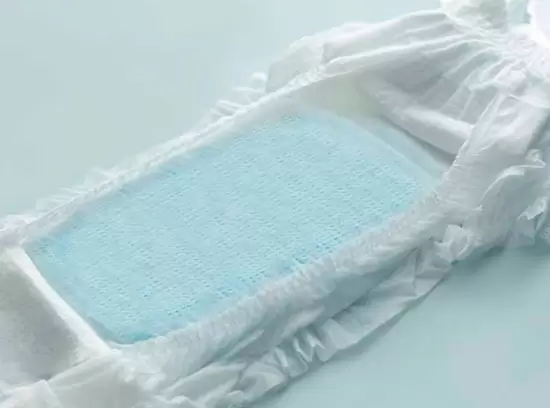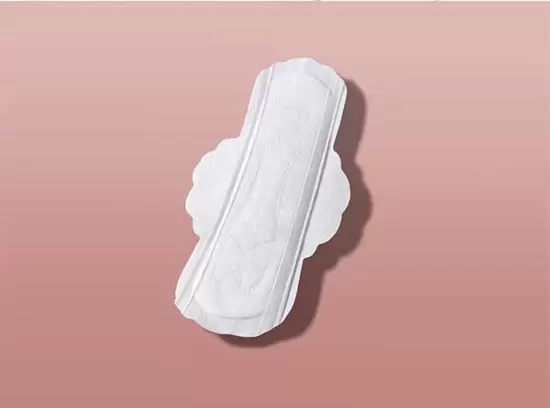Is cotton a natural fiber?
According to references in the 2018 edition of ScienceDirect , natural fiber is a renewable resource and has several advantages associated with it. For example, they impart high stiffness and strength to composites, have desirable fiber aspect ratios, are biodegradable, and are readily obtained from natural sources. Cotton is almost pure cellulose, soft and breathable, making it the most popular natural fiber in the world. Fiber lengths range from 10 to 65 mm, and diameters from 11 to 22 microns. Cotton is the most widely used natural fiber in the world and remains the undisputed king of the global textile industry.
What’s 100 pure cotton fabric?
“100% Cotton” means the fabric is unblended and made from a stronger, softer and more comfortable natural product composed of fibers harvested from plants. Cotton is a natural plant fiber extracted from the seeds of the cotton plant and produced on the plant in the form of cotton bolls. On the one hand, it is strong enough to withstand water washing, and on the other, it is biodegradable. The 100% cotton fabric is breathable and allows the skin to breathe, reducing the likelihood of rashes and the material by preventing moisture build-up between skin surfaces. The “Pure cotton” label doesn’t always mean that the product is made of cotton only. Rather it means the amount of cotton used in the fabric is pure. There may be other materials that are used with pure cotton to make the product. In this case, the term “made of blended fabric” makes more sense. Only fabrics listed as 100% cotton are guaranteed to be made of cotton, and that’s it. If you want to make sure you’re buying cotton, look for a label that says it’s 100% cotton.
Why’s cotton so important?
Cotton is a natural crop used by humans that dates back to 600 BC. Cotton is harvested like so many other crops – by the humans who cultivate and till the land! This has always been a labour-intensive process, but it’s well worth it due to the enormous benefits of its use in fabrics. Cotton offers many benefits, such as its ability to control moisture, insulate, and provide comfort, and it’s also hypoallergenic, weatherproof, and durable fabric.
1. Natural fibers, are textile fibers that do not need to be processed and grow naturally.
2. With a long history, cotton has always maintained strong vitality for 7,000 years.
3. Drought-tolerant crops, preventing soil erosion and resisting land desertification.
4. Saline-tolerant crops can grow in saline-alkali land and maintain a yield of 90%.
5. Environmentally friendly natural fibers, absorb a large amount of carbon dioxide and release oxygen during the growth process.
6. Sustainable fibers, and cotton products are buried in the soil after use and can be degraded naturally within 3 months.
7. Natural fibers with positive energy, the whole process of growth and processing provides positive energy.
8. Safe fibers, fewer pesticide residues, can meet the requirements of relevant standards and regulations.
9. Superior air permeability, warmth retention, comfort, hollow structure, warmth retention, ventilation, and automatic adjustment of skin dryness and humidity.
10. Crops with social value provide tens of millions of employment opportunities and tens of trillions of social value.
What can cotton be used for?
Cotton is mainly divided into cotton and cottonseed to be used separately.
1. Cotton
Cotton is renowned for its versatility, performance, and natural comfort. Cotton’s strength and water absorption make it an ideal fabric for clothing and household items, as well as industrial products such as tarpaulins, tents, hotel sheets, military uniforms, and even the clothing of choice for astronauts inside the space shuttle. Cotton can be used to make dozens of different types of fabrics for a range of end uses, including blends with other natural fibers (like wool) and synthetic fibers (like polyester). In addition to textile products such as underwear, socks, and T-shirts, cotton is also used in non-woven products such as wipes, face masks, and masks.
2. Cottonseed
Cotton is a food and fiber crop. Cottonseed, which makes up about half the weight of the cotton picked, is fed to cattle and crushed to make oil. One ton of cottonseed produces about 200 kg of oil, 500 kg of cottonseed meal and 300 kg of husk. Cottonseed oil is cholesterol-free, rich in polyunsaturated fats, and has high levels of antioxidants (vitamin E), which help extend its shelf life. This cottonseed oil is used in cooking and in products such as soaps, margarine, emulsifiers, cosmetics, pharmaceuticals, rubber and plastics. A by-product of the oil extraction process is a meal, which is used as a raw material. Cottonseed meal is a high-protein meal that can be fed to most animals. Cottonseed hulls are also a valuable feed source for livestock. Global cottonseed production may provide protein needs for hundreds of millions of people and animals.
Things made from cotton
Winner Medical is a manufacturer with 30 years of medical product manufacturing experience, producing products with natural cotton as the core raw material with a rigorous medical attitude and sense of responsibility. The 100% cotton spunlace non-woven fabric is an important achievement of Winner Medical in the innovative research and development of cotton, which is made of 100% cotton, has chlorine-free bleaching, and rejects any harmful additives. The personal care products made with it cover a variety of life scenarios. From cotton tissue, Wipes, and wholesale sanitary pads, to various personal care and hygiene products.
Cotton tissue is made from 100% cotton, which is the most environmentally friendly alternative to paper towels. Cotton tissue is versatile and can be used as a replacement for paper towels or as a replacement for towels for facial cleansing. It has been widely recognized and used in the Asian market, and has occupied the top of China’s e-commerce website sales data for many years.
Wipes. Wipes made of 100% cotton are more environmentally friendly than those made of synthetic fibers, and have a greater ability to absorb and release water.
Sanitary pads. 100% non-woven cotton fabric is the most preferred material for the surface layer of sanitary pads. Cotton is naturally non-irritating and is most suitable for the most fragile and sensitive skin of the human body.
Winner has supplied non-woven fabric with many well-known sanitary napkin brands around the world and has been recognized by customers for its efficient production capacity, stable quality and independent research and development capabilities. Winner nonwovens will protect yourself and the planet with natural hygiene products.













